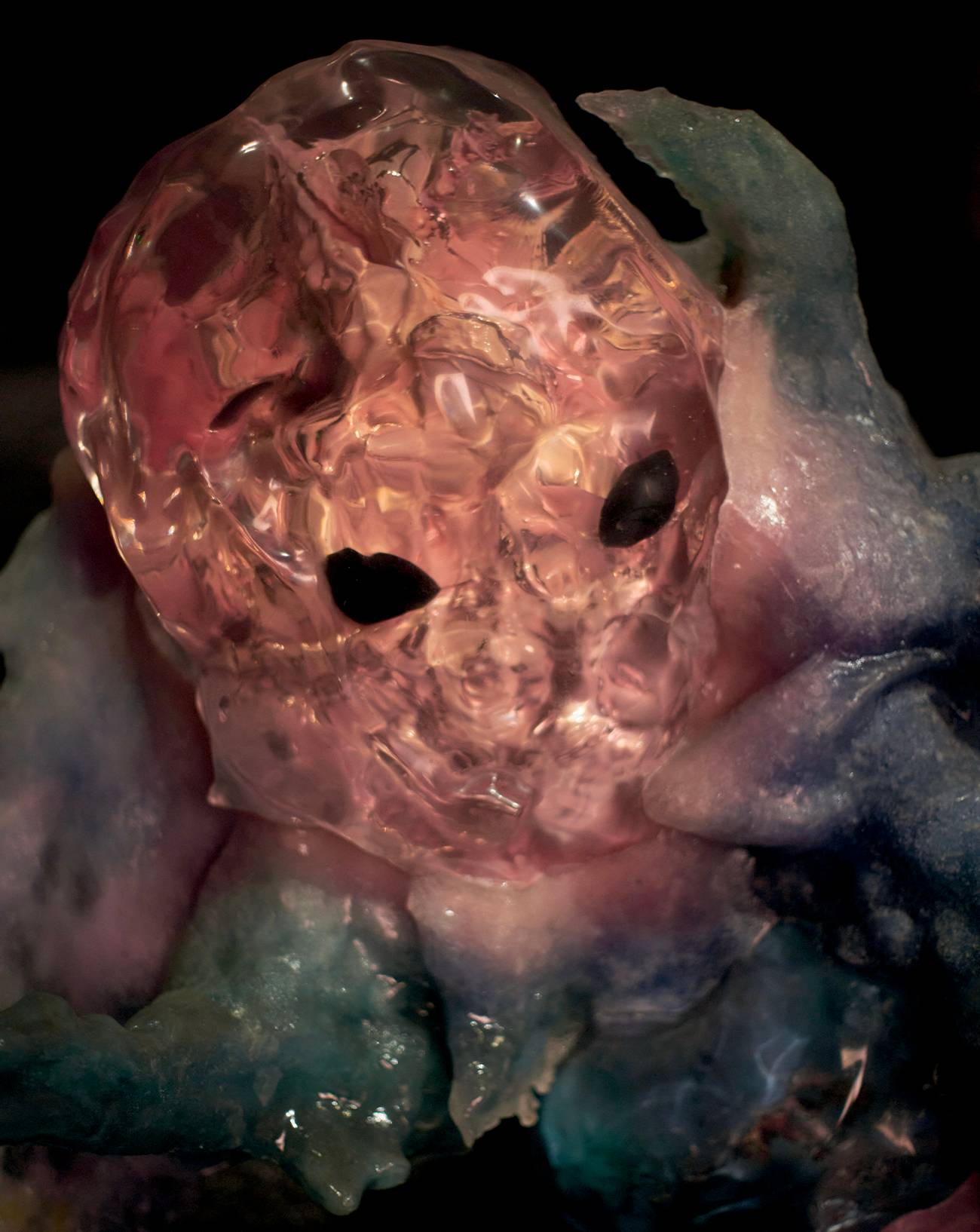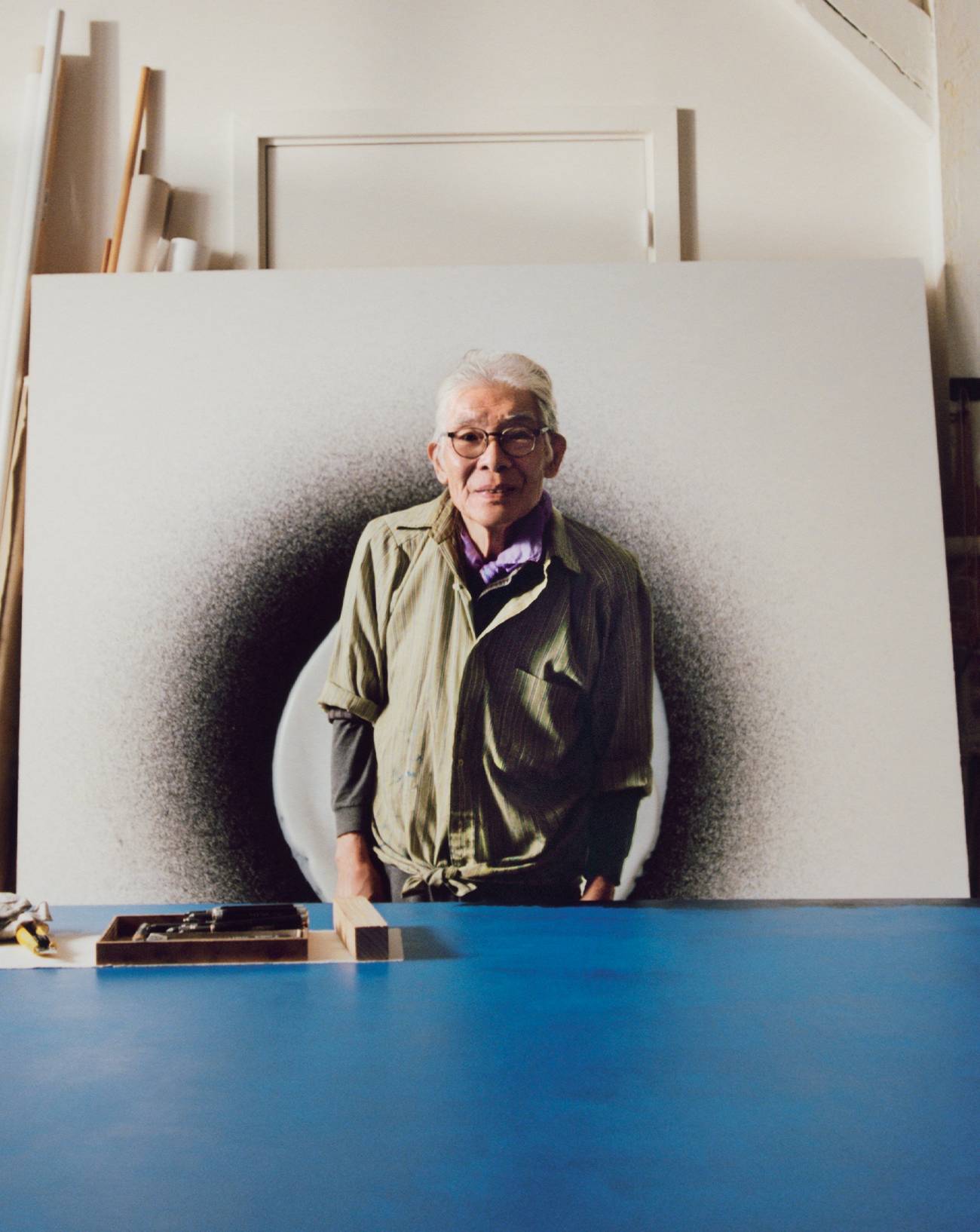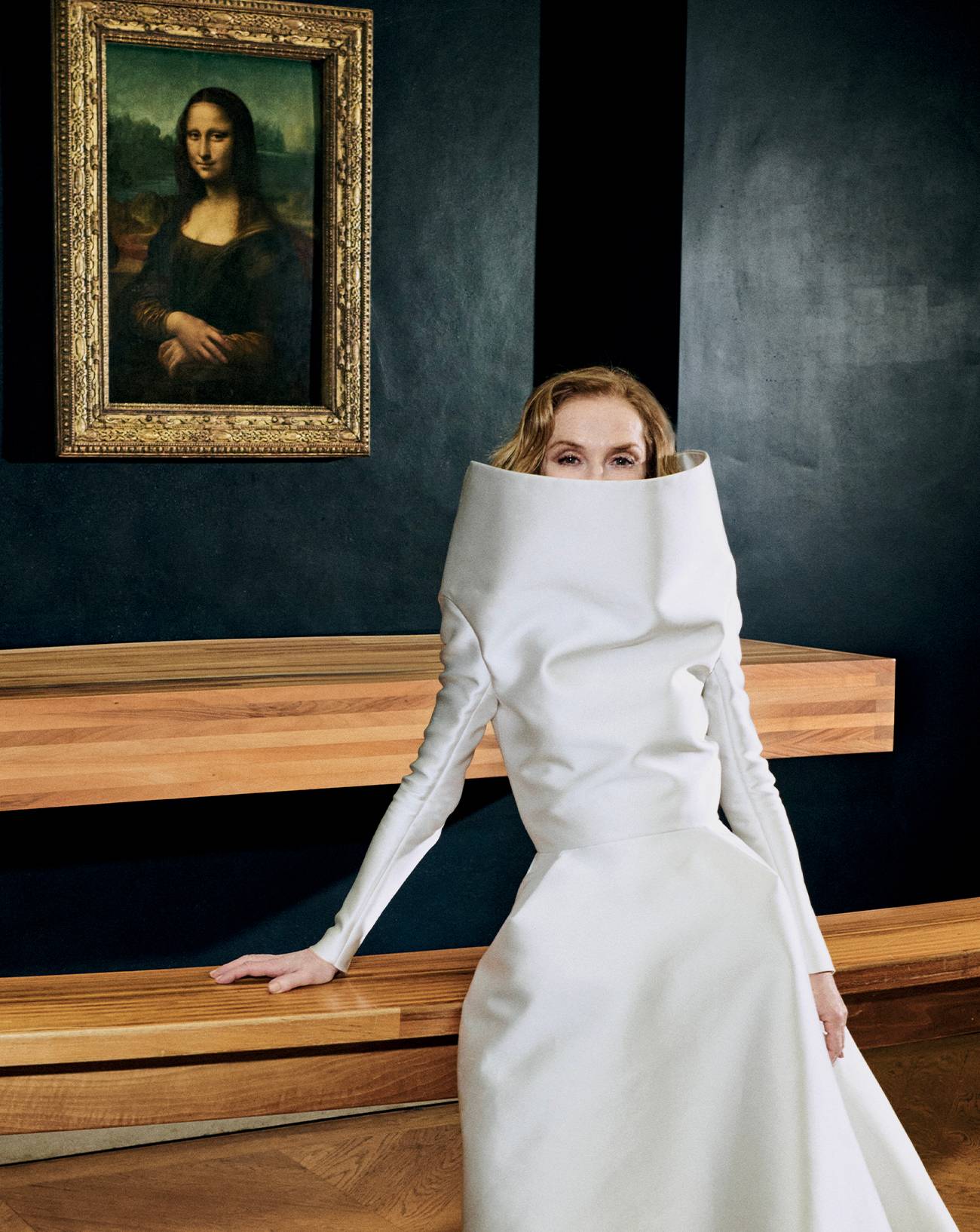

In the age of “inclusiveness”, which often serves as a tool to gain new market shares or improve one’s image under the guise of ethical concerns, it is worth referring to Mohamed Bourouissa’s work and vision to shed light on the real and profound issues at stake when using that word. Born in Blida, Algeria, in 1978 and raised in Courbevoie, Hauts-de-Seine, the artist studied at École Nationale Supérieure des Arts Décoratifs in Paris and at Le Fresnoy.
From 2005 to 2008, he developed a series of photographs that eventually became legendary. Périphérique focuses on his friends and acquaintances in the Parisian banlieues, where they usually hang out. In order to bring these marginalized people in the field of vision of the respectable and legitimate society, the artist stages his models in situations where some kind of unresolved tension often takes shape and uses the compositional codes of great history painting. More impactful than a long speech, the majestic images reverse the stigmatizing representations of the "people coming from the banlieues" broadcast by mass media all day long. Awarded the Prix Off at the Rencontres de la Photographie in Arles, the series has recently been published, along with new photographs, by Loose Joints. Then, after a magnificent exhibition at the Paris Musée d’Art Moderne in 2018, Virgil Abloh gave the artist the opportunity to create a Louis Vuitton campaign in 2019: “I accepted the offer because it was Virgil. He brought a new breath in fashion by opening a few doors, and thanks to him, some things have evolved today. Maybe not in society at large, but in the fields of image, art direction, and representation for sure.”
In addition to photography, Mohamed Bourouissa also expresses himself through other mediums, such as drawing, sculpture, video, installations and, more recently, music and sound design. Represented by the Kamel Mennour Gallery, he was nominated for the Marcel Duchamp Prize in 2018, and his artworks are displayed in the collections of great museums like the LACMA, the Stedelijk Museum, the Centre Pompidou, and the Musée d’Art Moderne in Paris. Mohamed Bourouissa’s art implies renegotiating and rethinking the respective positions taken by the artist and his “subjects” in each new project, whether it is in the video Temps mort, which he made with inmates between 2008 and 2009 to document the daily life in a penitentiary, in his project Horse Day, which includes the Afro-American riders of the Fletcher Street Urban Riding Club in Philadelphia, or with the community in Gennevilliers, where he lives. Distrustful of vertical relationships, of the seizure of speech, and of the authority that is immediately granted to any artist expressing themselves within the “legitimate” culture, the Franco-Algerian is more inclined to collaborate with people after spending a long immersion period with them, than to impose a discourse on them.
As a guest artist at the Théâtre de Gennevilliers for the next three years, he has exhibited his photographs there and invited local musicians and rappers to take part in several parties. “It’s important for me to remain close to the people. My art is conceptual, but it is grafted onto many contexts. I build long-term relationships with my collaborators over time.” Reluctant to any kind of demagogy or simplification, the artist formulates complex questions, especially on the status of plants, that he translates into music. His research on plants and on their electrical activity is part of a thought process on the fate of all living organisms within a system of globalized commercial exchanges. “In order to understand globalization, which implies the idea of land appropriation, we must take colonization into account. The colonial issue is very much present, but my work goes well beyond that.” Mohamed Bourouissa practices the art of nuance – a quality that makes his work utterly crucial nowadays.








